With reluctance – but enticed by its surprisingly starry cast and the fact that it had landed, ironically enough, on Netflix – I recently tuned in to The Hour, the BBC’s 2011 political drama series. It’s about a BBC TV news programme being launched in 1956, against the backdrop of the Suez Crisis. And, goodness me, isn’t it good? Better than good, in fact – it’s a high-carat television diamond, and not some lab-grown job either, but the real, romantic, sparkling deal hewn out of the earth and hawked via Antwerp before ending up in the Imperial State Crown.
From the get-go – those classy, Hitchcockesque credits – you know you’re in for a treat, and it doesn’t disappoint: the dialogue brims with zingers and has the velocity of an assault rifle, like the West Wing in its pomp, while the plot zooms along, twisting this way and that, oozing corruption, sex and ambition. And all against a setting best described as nostalgia on heat.
The Hour teems with scratched furniture, green painted corridors, grunting Rover 75s, cracked beige linoleum, clacking typewriters, bulldog clips, smoking ashtrays, cut-glass decanters and cocktail shakers (by Jiminy, they sink an awful lot here during daylight hours), shimmering furs, pale-green teacups and saucers. It’s like the contents of your local Oxfam from the 1990s have been sent to Dickie Attenborough’s Jurassic Park island and brought to life by the scientific genius of Michael Crichton – and the story comes at you like an opener from Fred Trueman.
The genius behind this period piece is Abi Morgan, whose name will likely ring a bell because she has since gained higher prominence through hit television with shows such as The Split. She also wrote the script for The Iron Lady, which landed the same year as the first series of The Hour.
Most impressive of all is that surprisingly starry cast. Back in 2011 you might not have recognised them, with the exception of Romola Garai and Dominic West. But watch it now and you discover that virtually all of them are everywhere –and it’s probably not going too far to say they represent the cream of their acting generation.
Whether by sheer luck or judgment, The Hour was a kindergarten of soon-to-be overachievers. First there’s Ben Whishaw, who is destined to become Q in the James Bond films, not to mention the voice of Paddington – three times – and then everywhere else. As mentioned there’s West, who was already famous in 2011, but not so famous he couldn’t get the District line if he wanted (I seem to remember sitting opposite him once). But in the years that follow his career will go stratospheric – big screen, small screen along with plaudits for roles including Prince Charles in The Crown, arguably the biggest TV show in the biggest decade in TV history.
The Hour teems with scratched furniture, grunting Rover 75s, cracked beige linoleum, clacking typewriters, bulldog clips, smoking ashtrays, cut-glass decanters and cocktail shakers
There’s also Andrew Scott – yes, the brilliant Andrew Scott who had recently begun as Moriarty in Sherlock but was five years away from Fleabag and emerging as one of the UK’s most bankable actors with roles in Spectre, 1917 and Ripley. And there’s Vanessa Kirby, who will blossom as one of the most well-known actresses of her generation as Princess Margaret in The Crown. And then there’s also the brilliant Joshua McGuire, who you might have seen in the BBC’s short-form comedy, Cheaters – a work of sustained, ten-minute-long brilliance over 18 episodes – who is a mainstay of the supporting cast as the overlooked assistant on the home desk.
The second series also features the talents of Tom Burke, who would go on to star in the BBC’s adaption of The Three Musketeers as Athos, before hitting the heights as Orson Welles in Mank and appearing in the Mad Max reboot (he also popped up in The Crown, too). And while the ghost of Paddington is still there, Peter Capaldi nearly steals the entire show in that second series. He would later become the 12th Doctor Who. There’s also Anna Chancellor in her best part since Duckface or including Duckface, as the world-weary, seen-it-all recovering war photographer. I realise I’ve not mentioned Anton Lesser, either, best known as Morse’s boss in Endeavour, who is a pillar of the first series. Like West, Kirby and Burke he would turn up in The Crown, playing Harold Macmillan.
And somehow, nearly 15 years on, the show still stacks up. It doesn’t feel dated, with stories and themes that if anything carry even more resonance now than then. I didn’t watch it 14 years ago or read the reviews – mixed, though it seems to have gone down well in the US – but clearly, looking back, we can see that The Hour offered a window into the world of television to come. It’s patently what the modern breed of ‘streamers’ were invented for.
It has been compared with Mad Men, the hit US show set against the backdrop of 1960s New York ad land. It’s rather a different beast. There’s just as much drinking and smoking, and there’s an undoubted sexiness to it, but The Hour doesn’t exude the same luxuriant whiff of Eames furnishings, Manhattans or air conditioning. It’s Mad Men with petrol rationing and smog. It’s got unironic tank tops, peeling wallpaper, five o’clock shadows, class hypocrisy and an aesthetic that smacks of grammar-school chic. And, for all that, it’s a delight from start to finish, an as yet unrecognised TV classic.
So before it disappears from Netflix next month, take a look and enjoy it – after all, you paid for it.
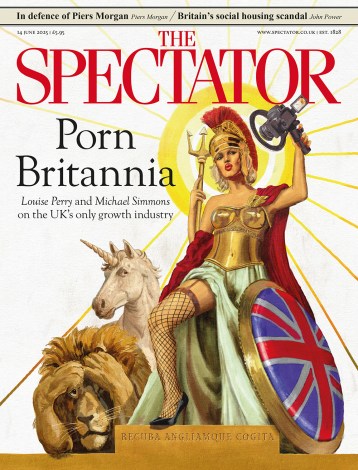
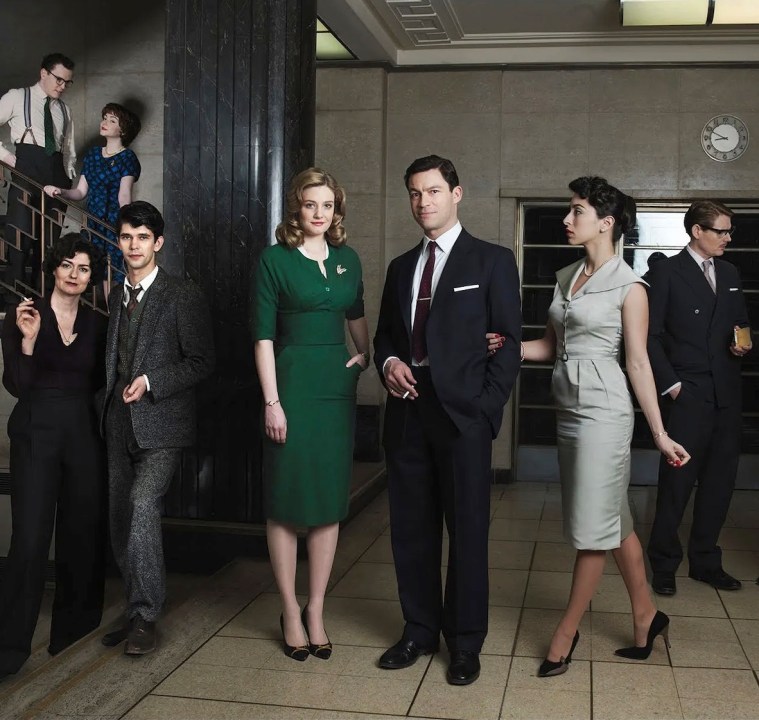
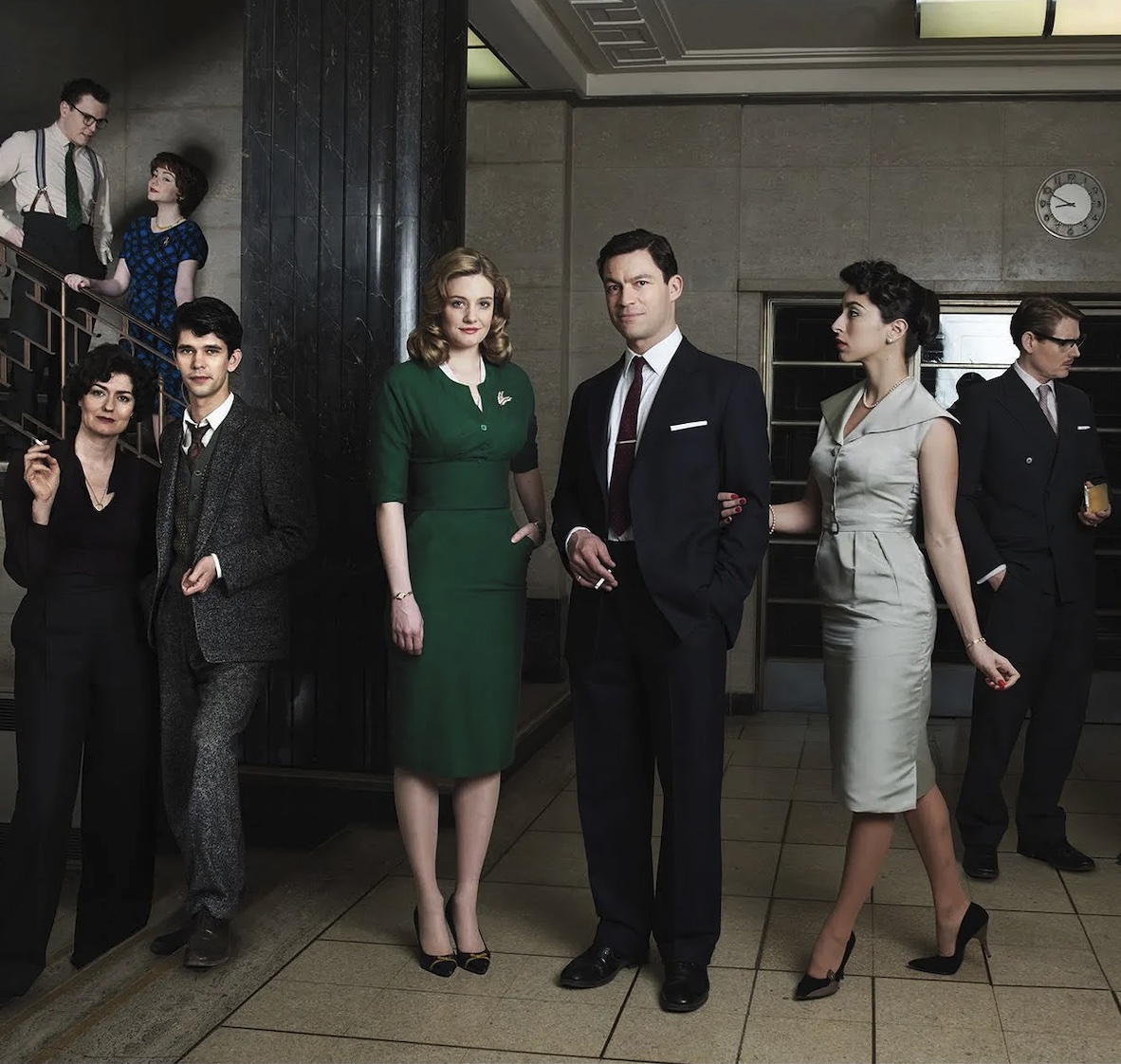
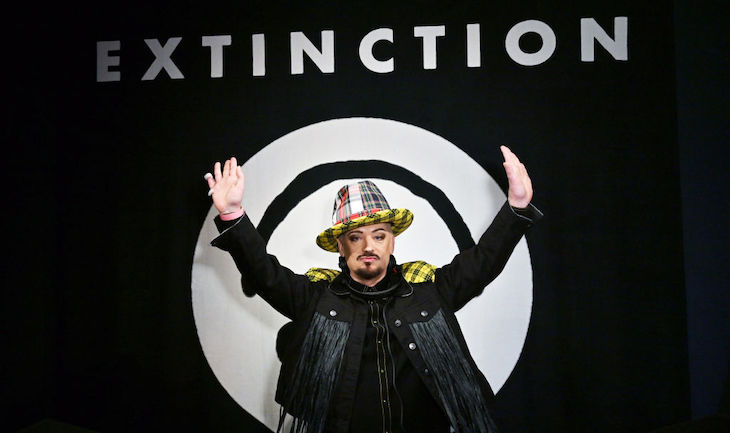
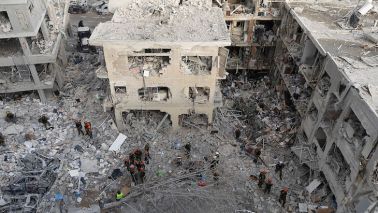



Comments